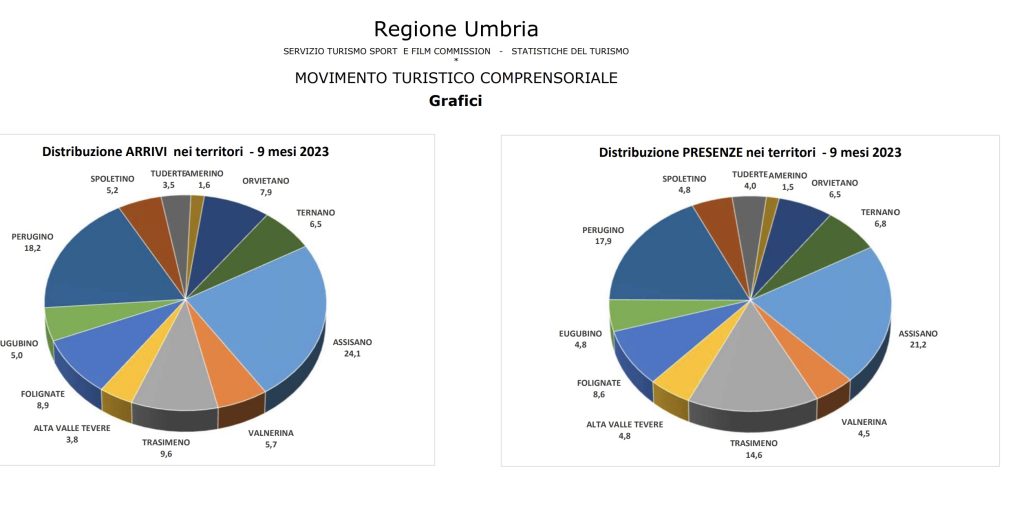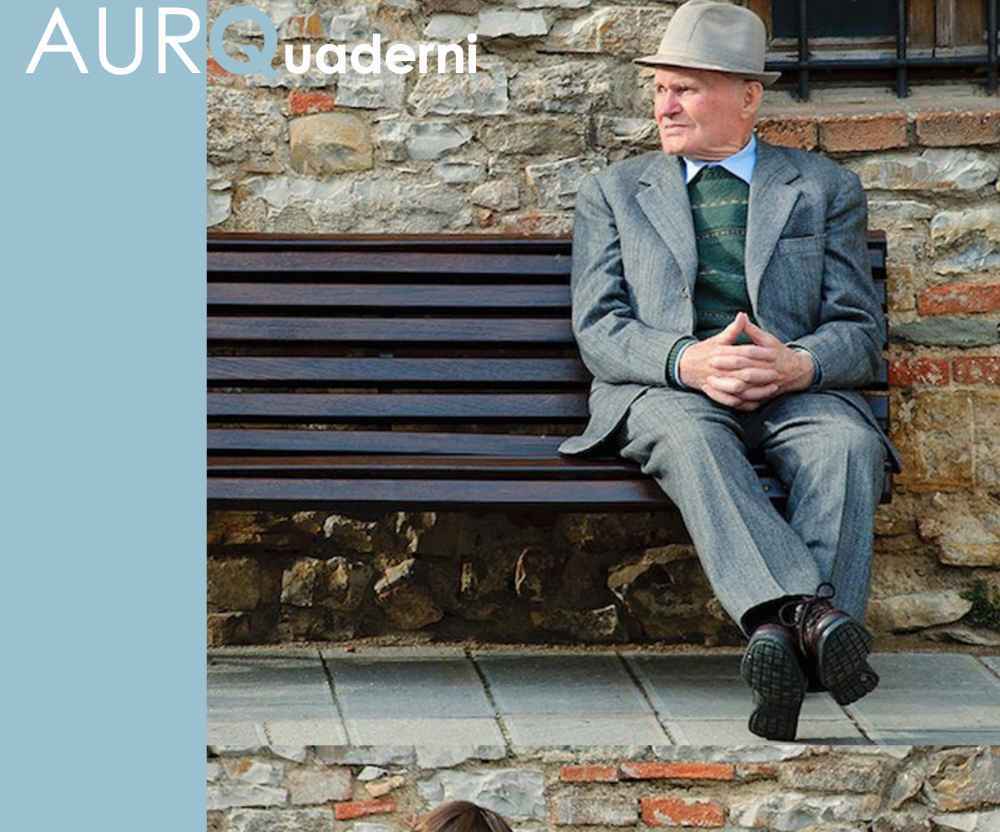Orvieto “über alles” nel turismo è un modello perdente, lo confermano i dati 2023 confrontati con il 2019

Il turismo, croce e delizia di amministratori, imprenditori del settore e cittadini ha segnato un buon 2023 con un totale di oltre 164500 arrivi e circa 360 mila presenze. E’ stato boom per le strutture extra-alberghiere mentre soffre quello alberghiero anche se c’è da calcolare la mancanza di uno storico hotel attualmente in fase di ristrutturazione. I dati provenienti dalla Regione Umbria ci restituiscono però un profilo impietoso se andiamo a raffrontare correttamente i dati non con il 2022 o il 2021 ma con il 2019, ultimo anno senza l’influenza letale del covid così come è stato il 2023.
Allora le cose cambiano sensibilmente con tanti segni meno. Proprio il settore alberghiero è quello più penalizzato con una variazione negativa nelgi arrivi del 27,9% e nelle presenze del 20,5%. Andando a scorporare il dato tra italiani e stranieri è palese il crollo degli stranieri con una percentuale negativa del 49,2% per gli arrivi e di poco oltre il 40% nelle presenze solo parzialmente colmato, questo gap, dall’extra-alberghiero che invece registra dati positivi anche per quanto riguarda i turisti italiani. Per quanto riguarda il turismo interno, infatti il raffronto vede un calo di italiani nelle strutture alberghiere dell’8,2% negli arrivi e del 2,8% nelle presenze che vengono ampiamente recuperate dall’extra-alberghiero con una crescita oltre il 20%. Ma nel computo generale questo non basta a ribaltare la situazione con un -8% di arrivi e una variazione sempre negativa ma decimale dell 0,4% nelle presenze.
Il 2023 è stato un anno record in Umbria per i vari comprensori turistici ma anche Agenzia Umbria Ricerche sottolinea che l’unica eccezione è il comprensorio orvietano in calo sia come arrivi che come presenze. Certamente manca il dato di dicembre che sarà influenzato positivamente dal Natale e in particolare dall’edizione che si annuncia straordinaria di UJW ma dopo un mese tradizionalmente debole come novembre.
Si è rotto il giocattolo? Assolutamente no. Se confrontiamo i dati con il 2022 crescono arrivi e presenze. Ma il vero raffronto deve essere fatto con il 2019, ultimo anno “normale” antecedente alla pandemia. Allora la musica cambia. Permangono i punti deboli che riguardano il territorio. I dati, infatti si riferiscono ai comprensori e allora la domanda da porsi è un’altra. C’è una programmazione coordinata con il territorio? In realtà il comprensorio orvietano sembra andare a briglia sciolta, senza un vero e proprio coordinamento tranne qualche rarissima eccezione che sembra confermare la regola: Orvieto über alles, una regola che isola e non include, però.
ENGLISH VERSION
ORVIETO “ÜBER ALLES” IN TOURISM IS A LOSING MODEL, AS CONFIRMED BY THE 2023 DATA COMPARED TO 2019
Tourism, a double-edged sword for administrators, industry entrepreneurs, and citizens, marked a successful 2023 with a total of over 164,500 arrivals and around 360,000 overnight stays. Extra-hotel accommodations experienced a boom, while the hotel sector struggled, although it’s important to consider the absence of a historic hotel currently undergoing renovations. However, when comparing the data correctly, not with 2022 or 2021, but with 2019, the last year without the deadly impact of COVID, the picture becomes significantly less rosy.
In this light, there are many negative signs, particularly in the hotel sector, which is the most affected, with a decrease in arrivals of 27.9% and a decrease in overnight stays of 20.5%. Differentiating between Italians and foreigners, it’s evident that foreigners have seen a sharp decline, with a negative percentage of 49.2% in arrivals and just over 40% in overnight stays. This gap was only partially offset by extra-hotel accommodations, which saw positive data, especially concerning Italian tourists.
Regarding domestic tourism, the comparison shows a decrease in Italians staying in hotel accommodations of 8.2% in arrivals and 2.8% in overnight stays. However, these losses were largely offset by extra-hotel accommodations, with a growth of over 20%. But overall, these improvements are not enough to reverse the situation, with an 8% decrease in arrivals and a marginal decrease of 0.4% in overnight stays.
The year 2023 was a record year for various tourist areas in Umbria, but Agenzia Umbria Ricerche highlights that the only exception was the Orvieto area, which experienced a decline in both arrivals and overnight stays. Of course, the data for December is still pending and is expected to be positively influenced by the Christmas season and, in particular, the extraordinary edition of UJW. However, following a traditionally weak month like November, the impact may vary.
Is the situation dire? Absolutely not. When comparing the data with 2022, there is an increase in arrivals and overnight stays. However, the real comparison should be made with 2019, the last “normal” year before the pandemic. In this context, the situation still reveals weaknesses concerning the territory. The data refers to the various tourist regions, and the crucial question to ask is whether there is a coordinated plan with the local region.
In reality, it seems that the Orvieto area operates without proper coordination, with only rare exceptions confirming the rule: “Orvieto über alles,” a rule that isolates rather than includes.
